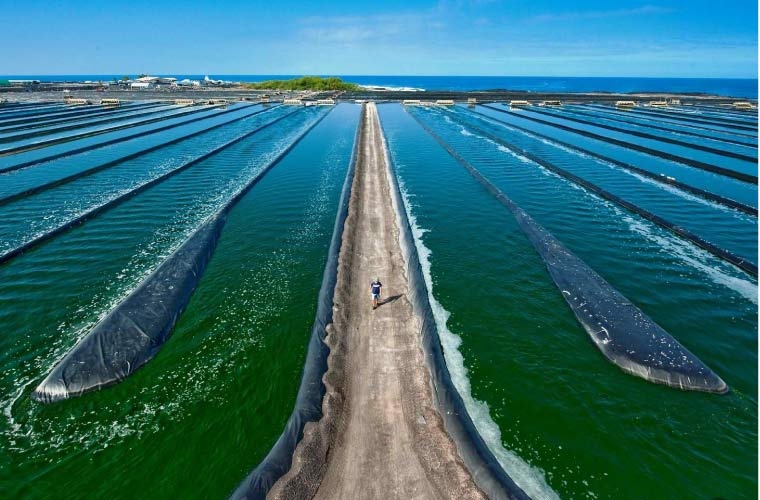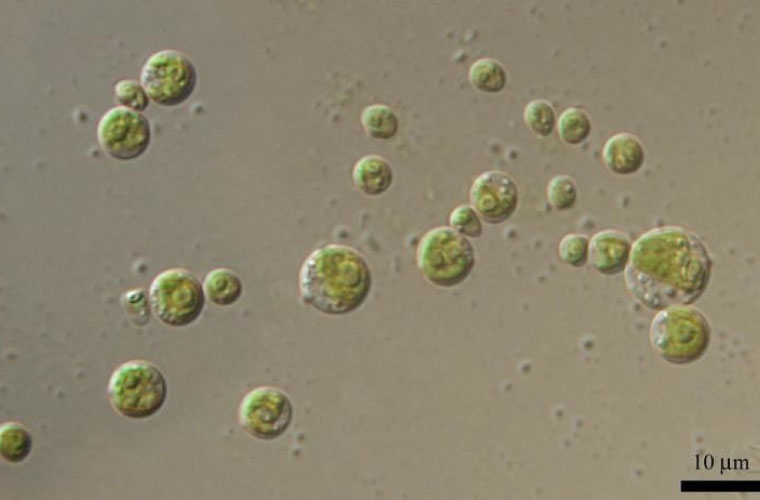
A team of researchers has developed an innovative microalgae cultivation technique that could revolutionise the biofuel industry and make a significant contribution to the fight against climate change.
The research, conducted by a group of scientists from Danbook University, has demonstrated that adding calcium carbonate (CaCO3) the microalgae cultivation medium, the algae can capture CO2 naturally present in the air, without requiring an additional or external CO2 source, as is typically done. This process allows the microalgae to efficiently utilize atmospheric carbo dioxide for growth.
This innovation represents a major breakthrough, facilitating the sustainable and cost-effective production of large quantities of biomass and lipids – key components in biofuel manufacturing.
In the study, researchers demonstrated that the use of calcium carbonate in the cultivation of Chlorella sorokiniana increased biomass 17.68 times and lipid production 9.58 times compared to traditional methods. Additionally, the technique stabilized the pH of the cultivation medium, a critical factor for efficient microalgae growth.
This breakthrough holds significant implications for the biofuel industry

By eliminating the need to transport and supply artificial CO2, operational and infrastructure costs are drastically reduced. This technology also enables microalgae cultivation facilities to be located anywhere in the world, without relying on proximity to large CO2 emission sources, opening new opportunities for sector expansion.
In addition to its potential for cost-effective biofuel production, the innovation contributes to the direct capture of atmospheric carbon, an increasingly urgent approach in the global fight to reduce greenhouse gas emissions. This technology could play a key role in the transition towards more sustainable and carbon-neutral economies.
The success of this study points to a promising future for the use of microalgae in industrial biofuel production, offering both an environmentally and economically viable solution that could revolutionise the way the manage clean energy production.
Reference:
Seonju Pyo, Byung-Sun Yu, Kyundong Han. Development of an effective microalgae cultivation system utilising CO2 in the air by injecting CaCO3. Energies.


